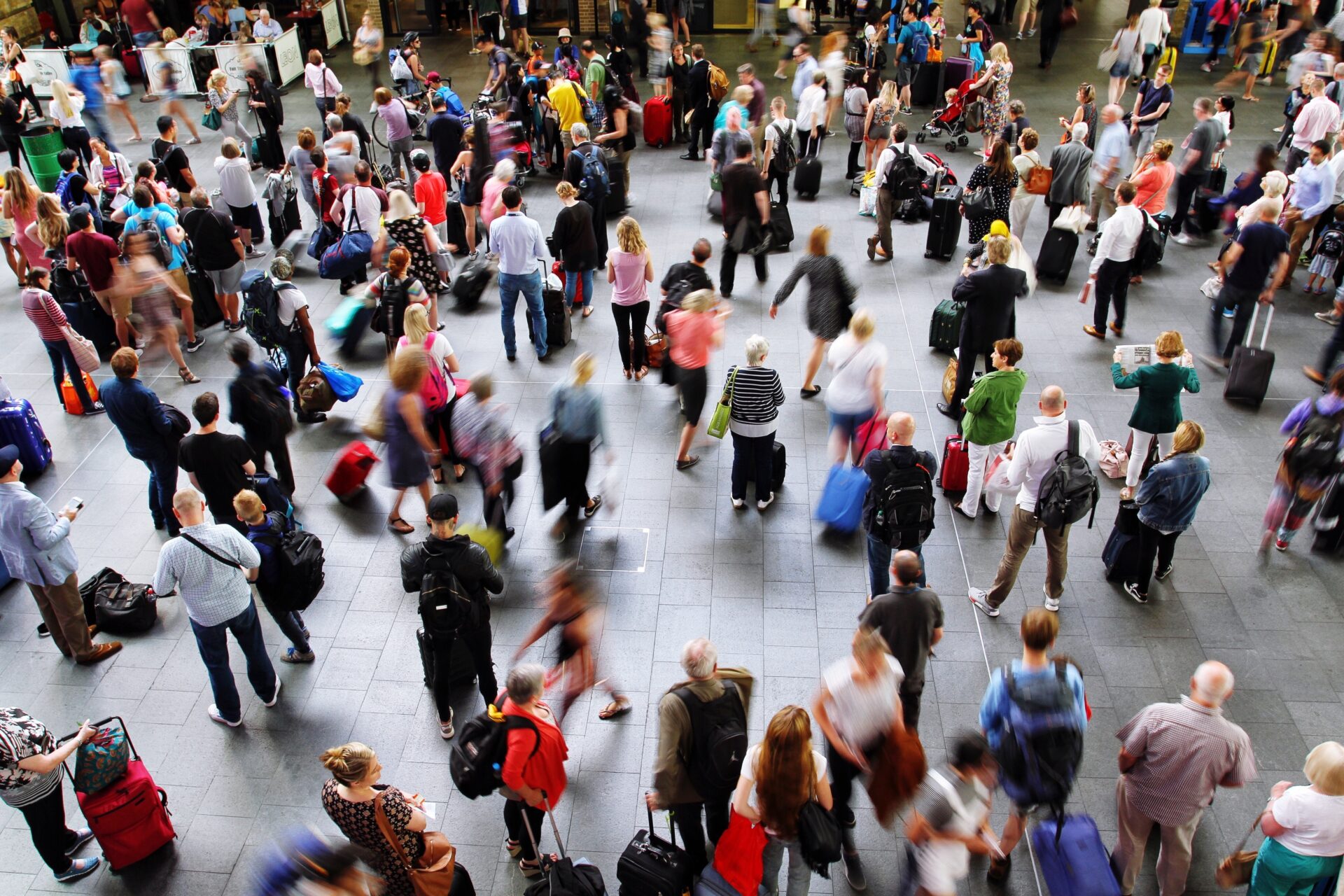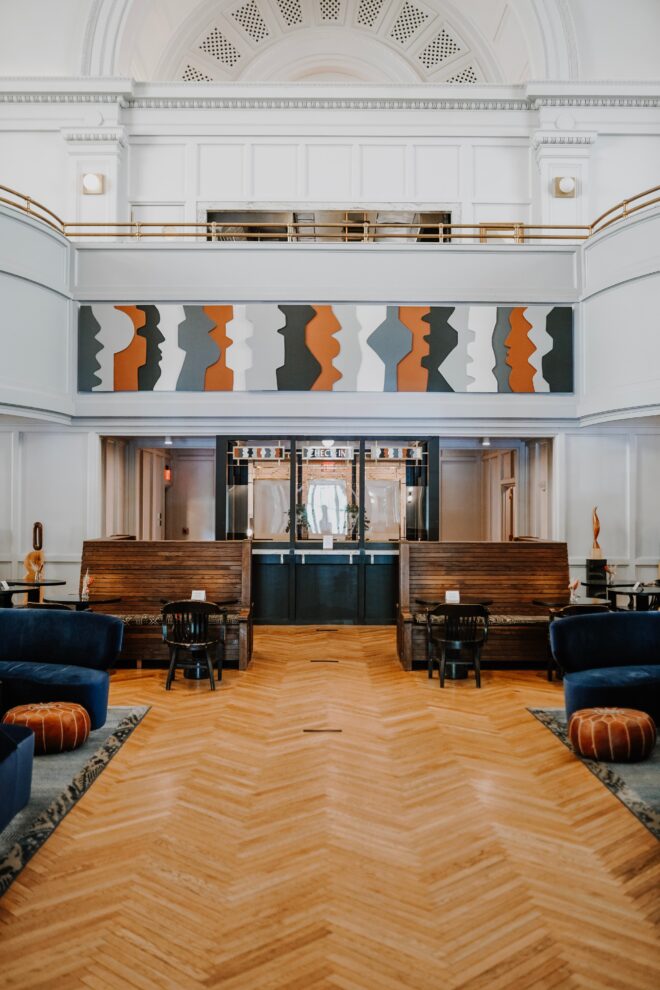When Omicron hit in full force, the rate of RevPAR recovery (as a percentage of 2019) in January and February stepped down from December’s level as consumers cancelled upcoming trips in the short-term and delayed future travel planning. As a result, nationwide occupancies dipped to 84% of 2019 levels during the first three weeks of January 2022, compared to above fair share in certain weeks in December, based on STR data.
Airline reservations and group RFP inquiries also decreased significantly in January and less significantly in February, as the impact became progressively less bad week-on-week from early January to mid-February. The good news is that cancellation rates have returned to 2019 levels, travel planning for future dates (especially the spring and summer) has picked up, and many groups scheduled to meet in January and February have rescheduled to later in the year.
Looking forward, data indicates the industry is back heading in the right direction towards a full recovery to 2019 levels. Beginning in the third week of February, U.S. occupancies quickly jumped back to 60%-plus, and TSA checkpoint travel numbers (number of fliers checking through United States airport security) have climbed back to approximately 90% of 2019 levels over the last week in February (compared to 77% in January).

Like the Delta variant, the negative impact was to “close in” demand versus further out. With travel restrictions, mask mandates and testing requirements relaxing, we, along with the CEOs of the public lodging and airline companies, expect rapid improvement in spring and summer bookings due to significant pent-up demand.
With the pause ending, here are five things owners should ensure their revenue managers are focused on to take advantage of the incoming pent-up demand and maximize RevPAR:
- Short-term positioning: Shop daily rates to ensure appropriate price positioning within the market. With occupancy returning, push rate to maximize overall revenue flow through; COVID discounts are a thing of the past. Maintain higher rates in the intermediate term and monitor how the future extension of the booking window affects longer lead pricing.
- Spring/Summer strategies: Focus on creating packages to drive bookings that provide guests with true value add enhancements. Review options to get creative with package offerings in addition to the old standards (free breakfast and parking).
- Review segmentation and latest day-of-week trends: Don’t be so quick to accept the return of the low-rated corporate demand that was perceived as critical pre-COVID, especially as leisure has grown in importance.
- Increase your digital budgets: Review daily budget allocations, keyword bids and website performance metrics to make sure there is an appropriate ROI and the spend aligns with the overall direct strategy. Focus on boosting spend targeting shorter lead time bookings.
- Monitor international travel: Track inbound demand trends as international travel picks up with borders re-opening. Explore re-deploying marketing dollars towards specific high-producing countries (geo-targeting campaigns) and offering promotions for longer length-of-stay guests.







